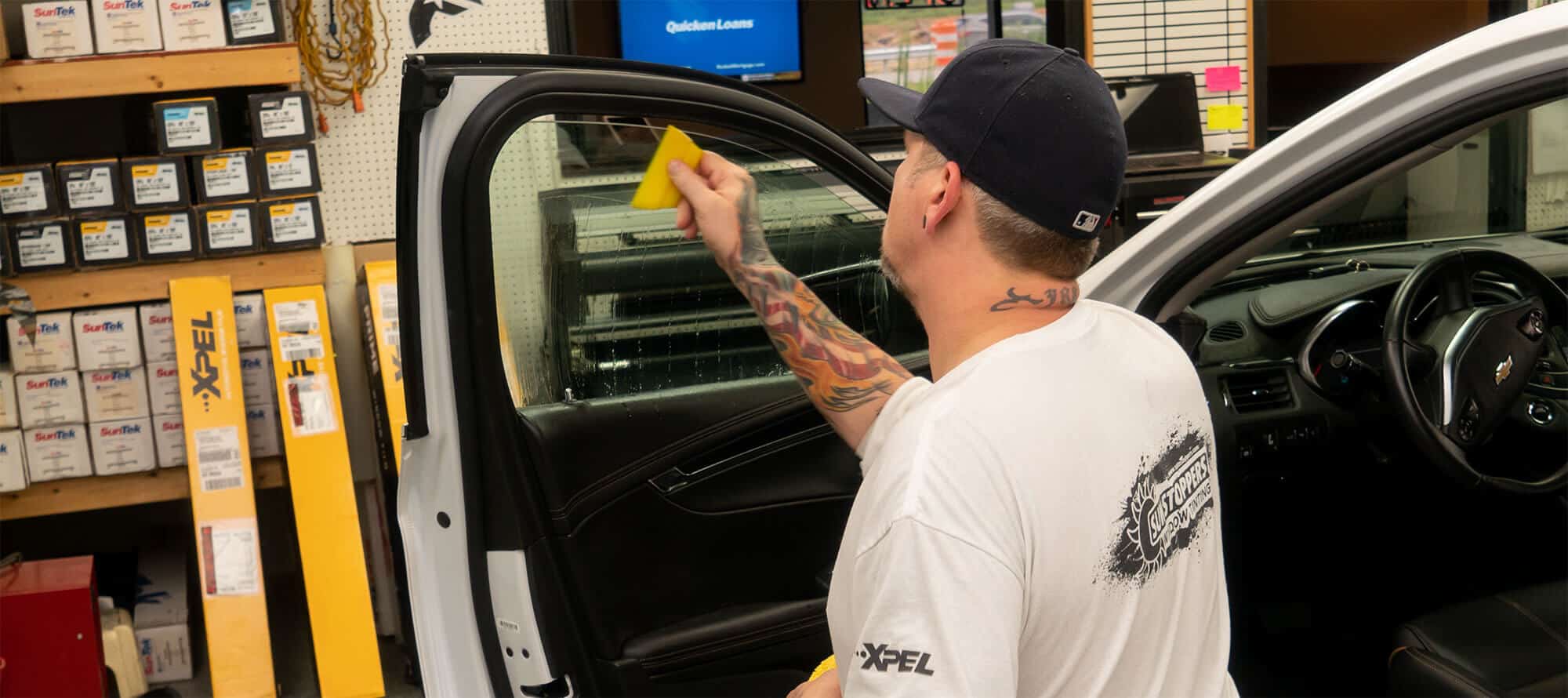- Car & Automotive
-
-
- Car & Auto
-
- Car Galleries
-
- Car Simulator
-
-
- Home & Office
-
-
- Home Services
-
- Office Services
-
- Get A Quote
-
-
- Company
-
-
- About
-
- Business
-
- Contact Us
-
-
- Reviews


Tinting your car’s windows gives you protection from dangerous UV rays, improves your driving comfort and protects your belongings.


It’s important other drivers and pedestrians are able to make eye contact and see where you’re looking. Law enforcement also needs to be able to identify the driver in a vehicle.

We can give you the darkest look possible without violating your state’s window tint laws.

Includes most 2-5 Door vehicles that seat 5 or fewer passengers.
Windshield: Non-reflective tint is allowed above the manufacturer’s AS-1 line.
Front Side Windows:
35% VLT
Back Side Windows:
35% VLT
Rear Window:
35% VLT
Minivans, SUVs, etc. that are designed to carry 10 or fewer passengers.
Windshield:Non-reflective tint is allowed above the manufacturer’s AS-1 line.
Front Side Windows:
35% VLT
Back Side Windows:
35% VLT
Rear Window:
35% VLT
Window tint can reflect incoming light and reduce glare and heat.
Kansas does have several other important laws, rules and regulations pertaining to window tinting. They include the following:
Is there anything worse than climbing into a hot car that’s been sitting in the sun on a sweltering day?
Thankfully, at Sun Stoppers, we have a solution!
Our window tint reduces solar heat by up to 98%, so you can enjoy comfortable temperatures. It also prevents sun glare, blocks damaging UV rays, and gives you added privacy.
And here at Sun Stoppers, we’re experts at applying window tint that looks amazing and never bubbles or peels. With 20 years of experience under our belts, we’re excited to help you with all your window tinting needs!
Ready to get started?
Stop by our local Sun Stoppers in Wichita, Kansas and Liberal, Kansas!
REQUEST A FREE QUOTEDISCLAIMER: Window tint laws in your state can change on a daily basis. These rules and regulations may be interpreted differently by city or county authorities. We recommend verifying this information with your local DMV or local law enforcement agencies for accuracy. This information relating to Kansas tint laws was last updated on August 11, 2025. If you find any of this information to be inaccurate, please let us know so we can update it!